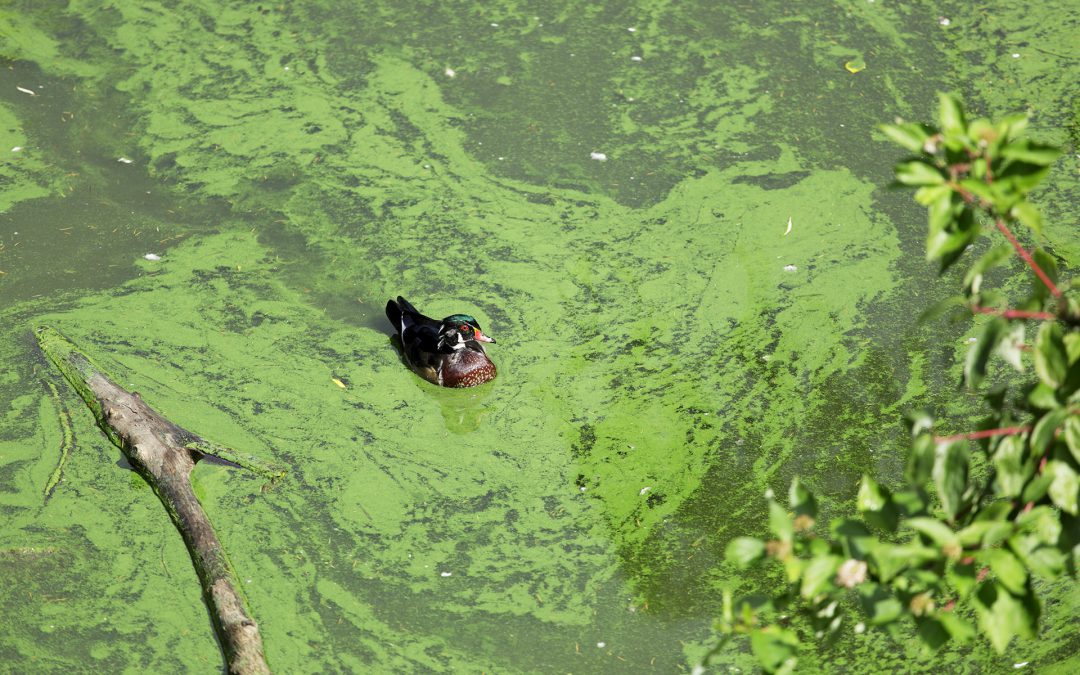Nitrogen and phosphorous are two nutrients that are important for aquatic plants.
While nitrogen and phosphorus occur naturally, many times these nutrients are in excess in our lakes because of human activity. It’s our actions that can tip the scale of these vital nutrient levels from beneficial to harmful. Couple this with additional factors like increasing lake temperatures and it’s no surprise that many think algal blooms are intensifying. However, a study published last year in the journal Frontiers in Ecology and the Environment says this isn’t necessarily so and that’s a bit of good news!
The study used data from 323 lakes in the United States and found that:
- Eight per cent of the lakes demonstrated significant bloom intensification
- Four per cent demonstrated a significant decrease in algal bloom intensification
The data also showed that nutrient rich lakes that experience an increase in extreme rain events not surprisingly see an increase in algal blooms. In comparison, lakes that don’t experience as many extreme rain events see a decrease in harmful algal blooms.
Creating a Shoreline Buffer
What can you do to protect your lake from the impacts of extreme weather and the influx of runoff that follows? A shoreline buffer will definitely help! A shoreline buffer is a strip of native vegetation that intercepts contaminants from reaching your lake, helps reduce erosion, improves water quality, and provides wildlife habitat. Your buffer should be at least 10 metres wide but if you have the room for a bigger buffer, even better! If you don’t have 10 metres – do what you can as any size buffer is better than none!
There are a couple of ways you can create or expand your buffer:
- Allow native vegetation to re-establish on its own. Stop mowing a strip of vegetation by your shoreline and let the seeds that are blown in by wind and dropped by birds and other wildlife grow.
- You can plant your favourite native trees, shrubs, and wildflowers.
Whichever method you choose, perhaps it’s a combination, your lake will be sure to benefit. Algal blooms can harm aquatic ecosystem services, recreation, and property values. Let’s do our part to love our lake!

